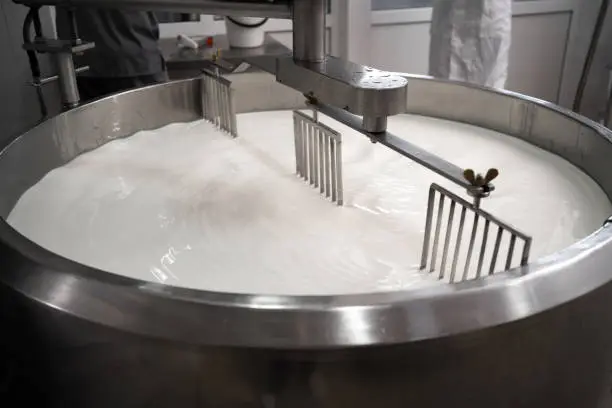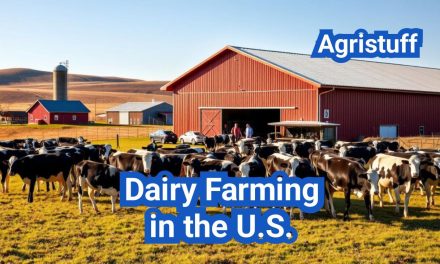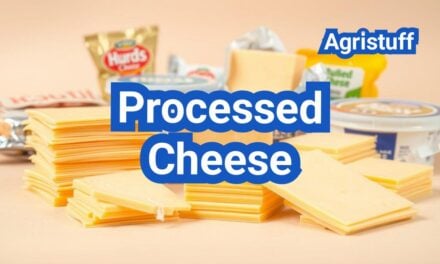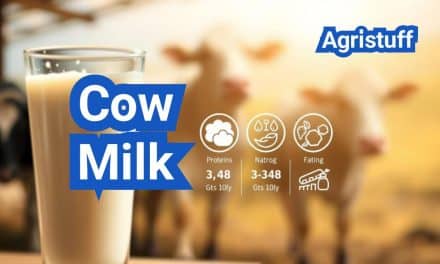The dairy industry has been a cornerstone of global food systems, economies, and cultures for centuries. From its humble beginnings to its current high-tech operations, the industry has continuously evolved, driven by technological advancements, shifting consumer preferences, and environmental considerations. As we look ahead to 2025, the dairy sector is poised for transformative changes that will redefine how milk and dairy products are produced, consumed, and regulated. This article explores the key trends shaping the dairy industry in 2025, offering insights into its future trajectory.
Historical Evolution of the Dairy Industry
The dairy industry’s roots trace back to ancient civilizations, where humans first domesticated animals for milk production. Over time, the industry has undergone significant milestones, from the advent of pasteurization in the 19th century to the introduction of automated milking machines in the 1950s. These innovations have not only improved efficiency but also ensured the safety and quality of dairy products.
Today, the industry faces new challenges, including climate change, animal welfare concerns, and the rise of plant-based alternatives. However, its history of resilience and adaptability suggests that the dairy sector will continue to thrive by embracing innovation and sustainability.
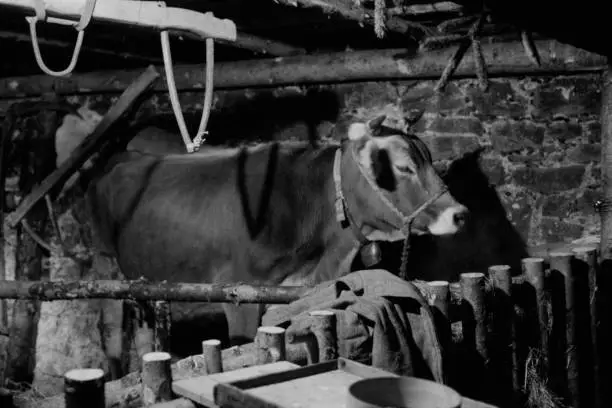
Current State of the Dairy Industry
The modern dairy industry is a blend of tradition and cutting-edge technology. Smart farming techniques, such as robotic milking systems and precision dairy farming, are revolutionizing production processes. These advancements enable farmers to monitor cow health, optimize milk yields, and reduce labor costs.
Consumer preferences are also shaping the industry. There is a growing demand for clean-label, organic, and hormone-free dairy products, driven by increasing health consciousness. At the same time, the rise of plant-based alternatives is pushing traditional dairy producers to innovate and diversify their offerings.
Sustainability is another critical focus area. Dairy farms are adopting eco-friendly practices, such as waste management systems and renewable energy sources, to reduce their environmental footprint.
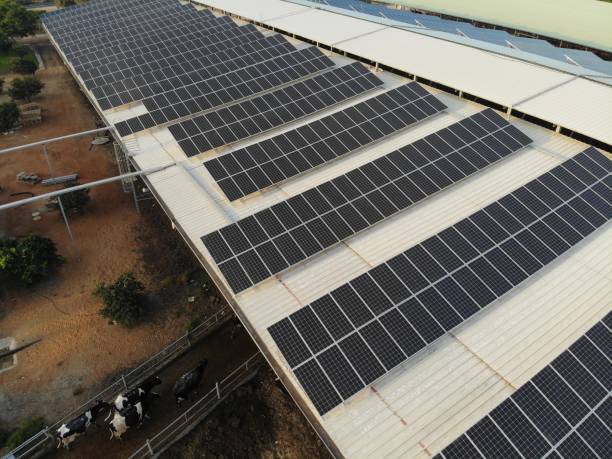
Scientific Innovations in Dairy Production
Science and technology are at the heart of the dairy industry’s evolution. Artificial intelligence (AI) and machine learning are being used to analyze vast amounts of data, enabling farmers to make informed decisions about animal health, breeding, and nutrition.
Advancements in genetic science have led to the development of high-yield dairy cows, such as the Holstein Friesian breed. Additionally, bioengineering is being explored to enhance the nutritional profile of milk and reduce methane emissions from cattle.
These scientific breakthroughs are not only improving productivity but also addressing environmental and ethical concerns, ensuring the industry’s long-term viability.
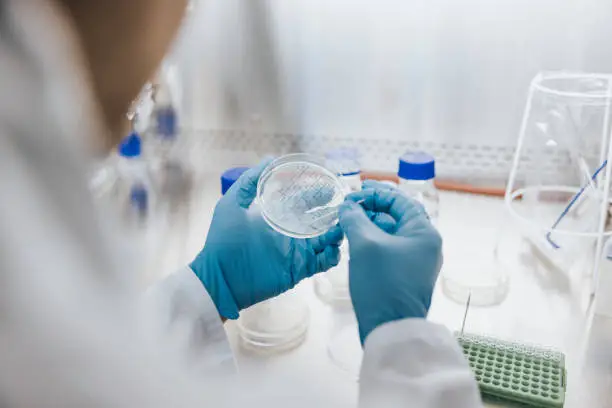
Sustainability in the Dairy Industry
Sustainability is no longer a buzzword but a necessity for the dairy industry. In 2025, farms are expected to adopt even more eco-friendly practices, such as:
- Renewable Energy: Solar panels and biogas systems to power operations.
- Water Management: Precision irrigation and wastewater recycling.
- Waste Utilization: Converting manure into biogas and organic fertilizers.
These initiatives not only reduce the industry’s environmental impact but also align with consumer expectations for sustainable products.
Consumer Preferences and Market Trends
The rise of alternative proteins and plant-based dairy products is one of the most significant trends shaping the industry. However, rather than viewing these alternatives as competition, many dairy companies are exploring hybrid products that combine traditional dairy with plant-based ingredients.
Ethical sourcing and transparency are also gaining importance. Consumers want to know where their food comes from and how it is produced. Dairy brands that prioritize animal welfare, fair trade practices, and sustainability are likely to gain a competitive edge.
Personalized nutrition is another emerging trend. Advances in gene-sequencing technologies are enabling the creation of dairy products tailored to individual dietary needs and preferences.
Regulatory Changes in the Dairy Sector
Regulatory frameworks are evolving to address emerging challenges in the dairy industry. Key changes include:
- Blockchain Technology: Enhancing supply chain transparency and traceability.
- Animal Welfare Standards: Mandating humane farming practices and regular inspections.
- Food Safety: Implementing advanced testing methods to ensure product quality.
- Sustainability Incentives: Encouraging farms to adopt eco-friendly practices and reduce emissions.
These regulations are not only ensuring the safety and quality of dairy products but also fostering innovation and sustainability in the sector.
Future Prospects of the Dairy Industry
As we look to 2025, the dairy industry is set to undergo further transformation. Key trends to watch include:
- Smart Farming: Increased use of IoT, AI, and robotics to optimize production.
- Alternative Proteins: Growth of hybrid dairy products and lab-grown milk.
- Sustainability: Continued focus on reducing the industry’s environmental impact.
- Consumer-Centric Innovation: Development of personalized and ethically sourced dairy products.
The industry’s ability to adapt to these changes will determine its future success. By embracing innovation, sustainability, and consumer preferences, the dairy sector can continue to thrive in a rapidly changing world.

